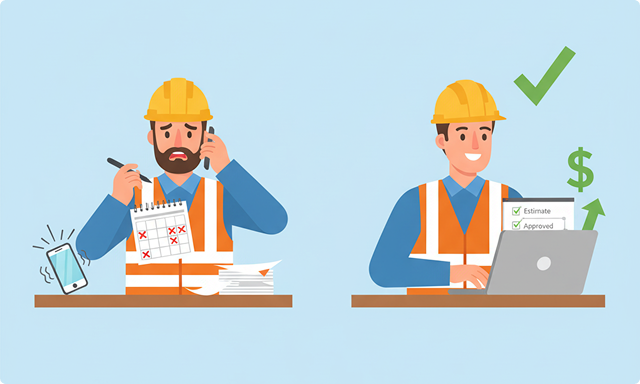If you're a home builder, remodeler, or contractor, managing your sales process can often feel overwhelming. You juggle opportunities, follow-up reminders, and estimates, all while relying on a mess of spreadsheets and your memory. The core issue is simple: Your sales, project management, and finance tools don't connect, leaving you without one central place to manage opportunities.
What is a CRM?
Most builders follow a similar sales flow: get an opportunity, send an estimate, get approved, kick off the project. The challenge isn't the steps themselves; it's ensuring they go smoothly, without errors or forgotten details. A customer relationship management (CRM) system tracks a potential project from the very first phone call to project completion.
Issues with Not Having a Construction CRM
If you’re trying to "make it work" with QuickBooks or a spreadsheet, you're likely making customer communication and winning new jobs much harder than they need to be. Once an estimate is approved, you'll likely need to manually transfer all your client's financial details into your project management and invoicing systems. This disconnect doesn’t just slow your team down; it puts your profits at risk. A missed reminder leads to a forgotten bid or an incorrect estimate, damaging your profitability before the job even starts.
Key features of a Construction CRM
1. Centralized Opportunity & Lead Management
The Problem: Scattered lead data causes missed follow-ups and slow bids.
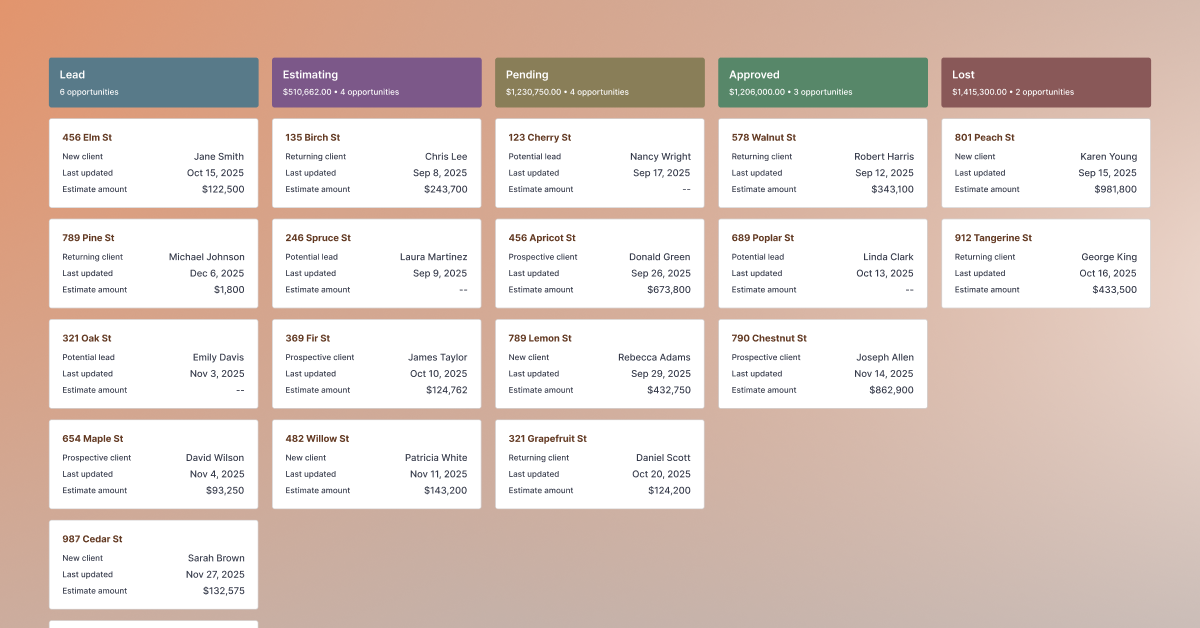
The Solution: A single, visual pipeline that consolidates every opportunity and centralizes the entire construction sales process. Standardized workflows ensure timely follow-ups, so you never miss a bid.
2. Comprehensive Contact Management
The Problem: Client and subcontractor info is scattered across multiple systems.
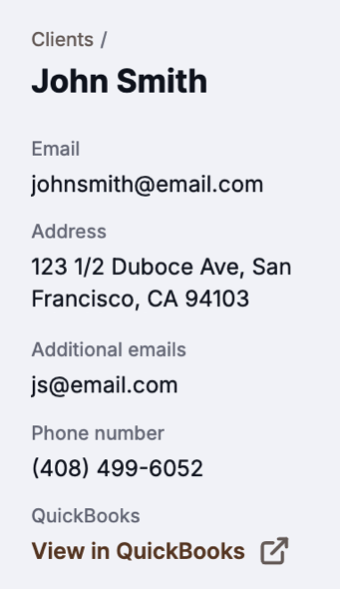
The Solution: A central hub provides a single source of truth for all project contacts. This saves time and ensures continuity, letting anyone on the team pick up a conversation or project history seamlessly.
3. User-Friendly Updates
The Problem: A CRM is only as good as the information entered into it. If adding or changing information is burdensome, the team won't do it, and the tool will not be helpful.
The Solution: A CRM that makes it very easy to enter, change, and distribute information. An ideal builder CRM would have automated status changes that move projects through the pipeline based on real-world milestones (e.g., estimate approved, invoice paid). The lower the friction in using the tool, the better the results will be.
4. Integrated Communication Tracking
The Problem: You can't tell if the client has opened your critical bid or communication.

The Solution: Gain strategic insight into client engagement. See the moment a client opens an estimate so you can time your follow-up perfectly. Built-in follow-up tools ensure every opportunity is pursued.
5. Financial Management & Accounting Integration
The Problem: Manually transferring critical financial and payment information creates errors.
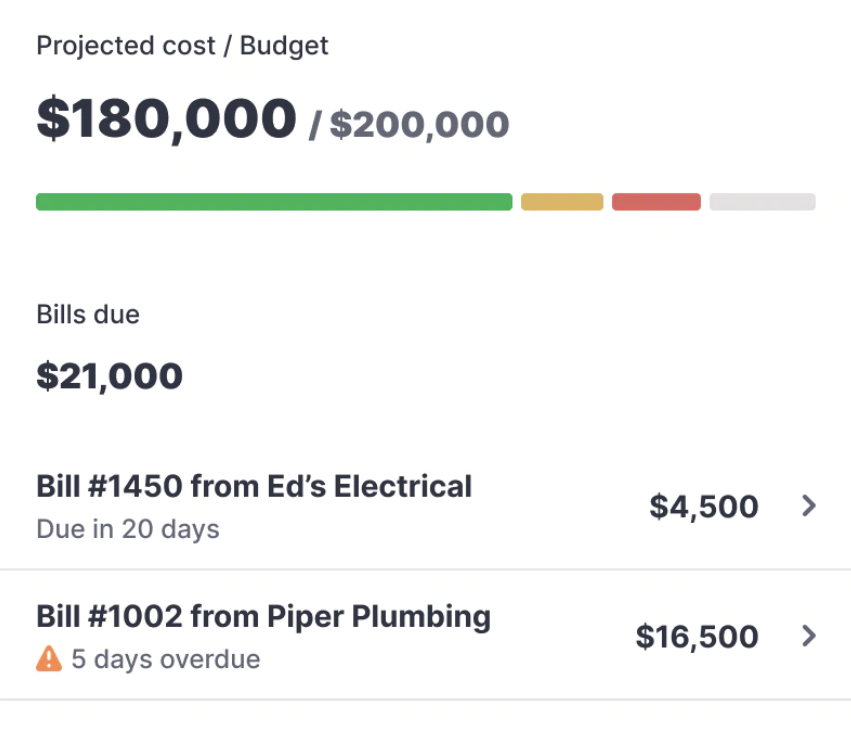
The Solution: A CRM that integrates the whole project. When bills, invoices, QuickBooks and other financials are connected, it eliminates manual entry risk and protects your cash flow.
6. Project Scheduling Integration
The Problem: Disconnects between promises, expectations, and the reality of the time it takes to do a job.
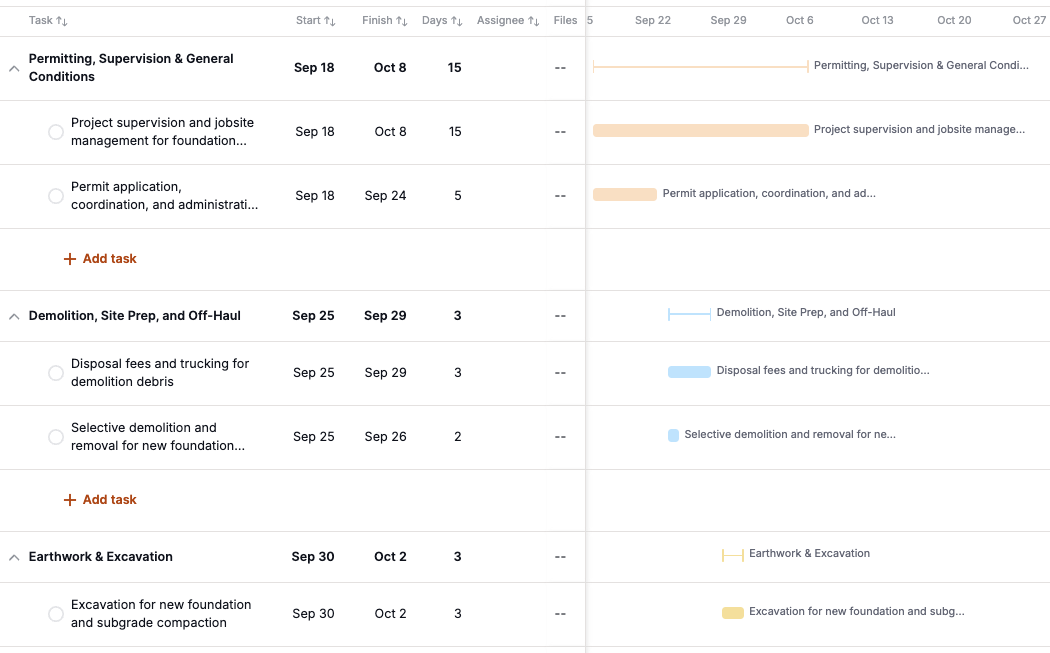
The Solution: Direct integration of CRM data with project schedules ensures sales promises align with reality, preventing misunderstandings, missed deadlines, and degraded trust.
Could you improve the software tools you are using?
How do you manage your opportunities? Do you have a centralized source for all customer information, stored and connected across all stages of your jobs, or are you relying on your memory or a spreadsheet? Could a more end-to-end Construction CRM Software improve your business? Beam is built for builders and could be the integrated tool to connect your business.

